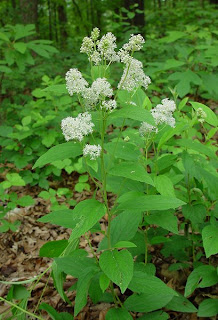CYPERUS

Latin Name: Cyperus rotundus
Alternate Names: Sedge Root, Chufa, Nutgrass, Xiang Fu (Chinese), Fragrant Support, Aromatic Attachment
Family: CYPERACEAE
Parts Used: Rhizome.
Properties: Analgesic, Anthelmintic, Antibacterial, Antifungal, Antispasmodic, Astringent, Carminative, Emmenagogue, Hypotensive, Sedative, Tonic.
Internal Uses: Amenorrhea, Bloating, Cervical Cancer, Depression, Diarrhea, Dysmenorrhea, Dyspepsia, Flatulence, Infertility, Moodiness
Internal Applications: Tea, Tincture, Capsules.
Its calming effect helps relieve depression. Use for congested chi in digestive and cardiovascular systems. The cardio-ctive glycoside has a relaxing effect.
Its calming effect helps relieve depression. Use for congested chi in digestive and cardiovascular systems. The cardio-ctive glycoside has a relaxing effect.
Culinary uses: Edible rhizomes.
Energetics: Pungent, Bitter, Warm, Dry.
Chemical Constituents: Essential oil (cineoles, cyperene, cyperol, cyperone, limonene, pinene, sesquiterpenes), flavonoids, starch.
Contraindications: Avoid during pregnancy.
Comments: Cyperus grows in marshy areas and river edges. The fiber of the plant is today used to make cloth, paper, and baskets. Papyrus, which was a paper product in ancient Egypt, was made from Cyperus papyrus. In the Amazon, various Cyperus are used for contraception, menstruation, birth and child care purposes.
The common name Cyperus also includes other Cyperus species, which are used interchangeably with Cyperus rotundus.
The common name Cyperus also includes other Cyperus species, which are used interchangeably with Cyperus rotundus.

